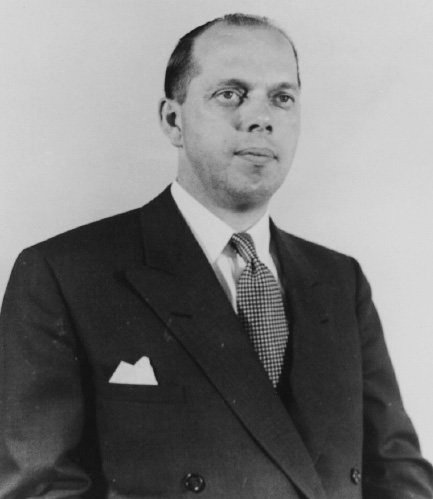Philip Abelson (1913-2004) was an American physicist whose discoveries helped obtain the necessary uranium to build an atomic bomb. In 1940, Abelson developed a liquid thermal diffusion process for uranium-235 isotopes. That same year, he discovered the radioactive element neptunium with Edwin McMillan.
In June 1941, he moved his work to the U.S. Naval Research Laboratory in Washington, D.C. He received $100,000 from the Navy, which was interested in nuclear-powered submarines, for his research, and began work on a thermal diffusion pilot plant at the Philadelphia Navy Yard.
In 1944, Abelson informed J. Robert Oppenheimer, by way of a memo to Edward Teller, about the gains that had been made in uranium separation using thermal diffusion. At that time, the gaseous diffusion separation process was believed to be superior, although it had not yet produced as much enriched uranium as thermal diffusion.
In response to Abelson’s memo, Manhattan Project director General Leslie Groves authorized the construction of the S-50 thermal diffusion plant at Oak Ridge, which was completed in a mere 69 days. After being slightly enriched (1-2%) at S-50, uranium was then fed into the K-25 gaseous diffusion plant and then the Y-12 electromagnetic separation plant. This serial approach ensured enough uranium would be produced for the “Little Boy” atomic bomb dropped on Hiroshima.
After the war, Abelson became the director of the Geophysics Laboratory at the Carnegie Institution of Washington. He served as the Institution’s president from 1971-1978. He was also the longtime editor of the journal Science.
Abelson died in Bethesda, Maryland on August 1, 2004. The mineral abelsonite is named in his honor.





